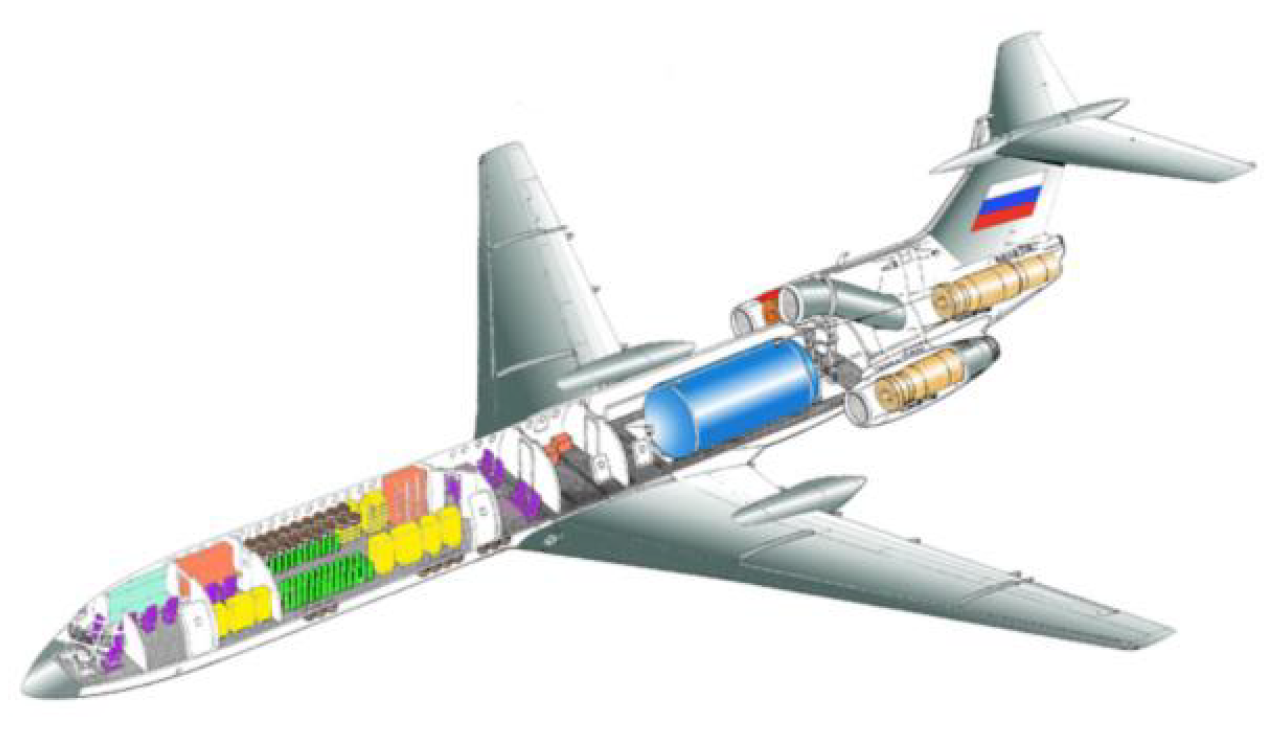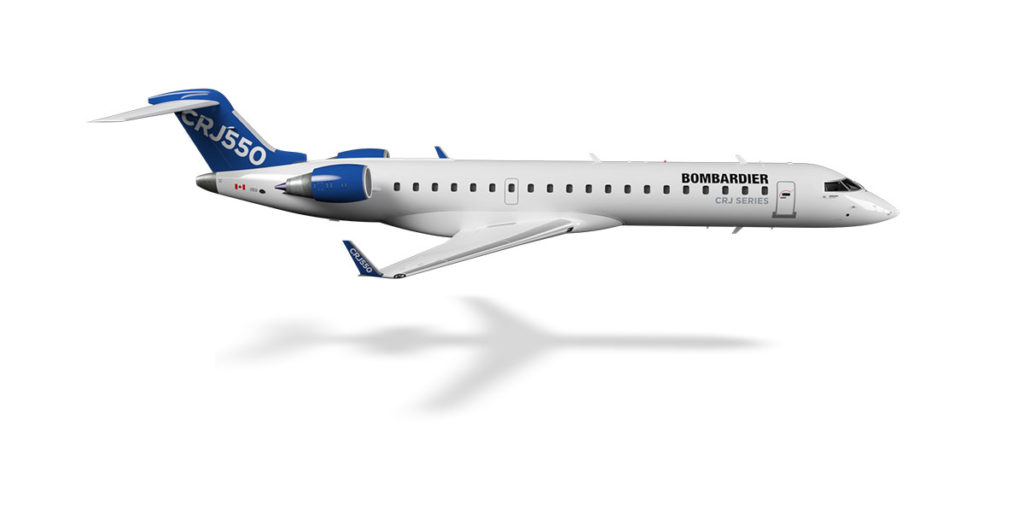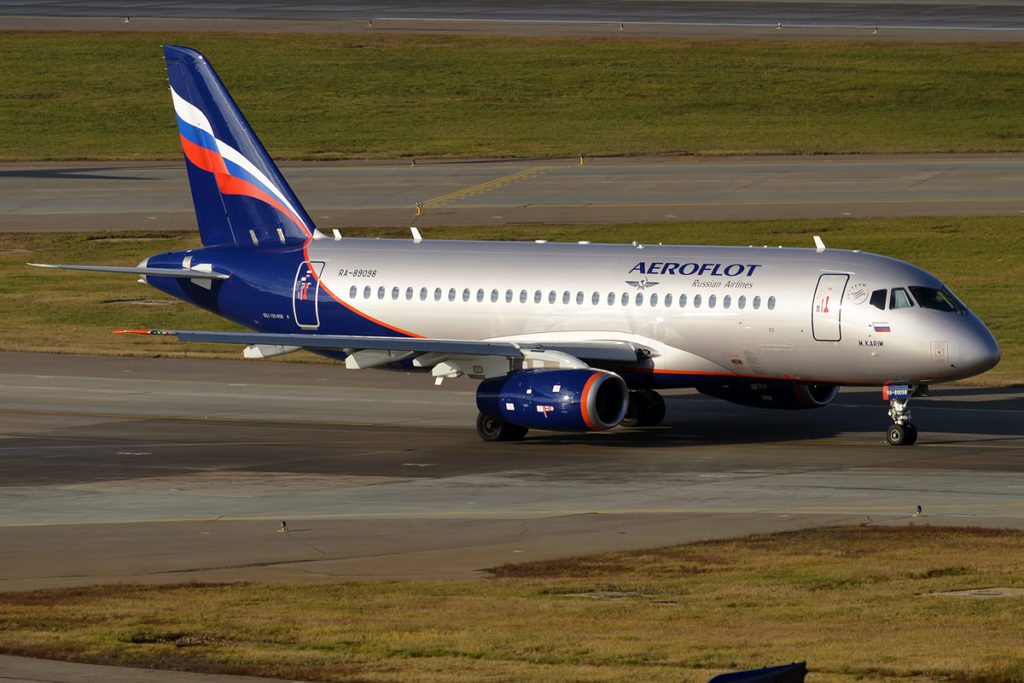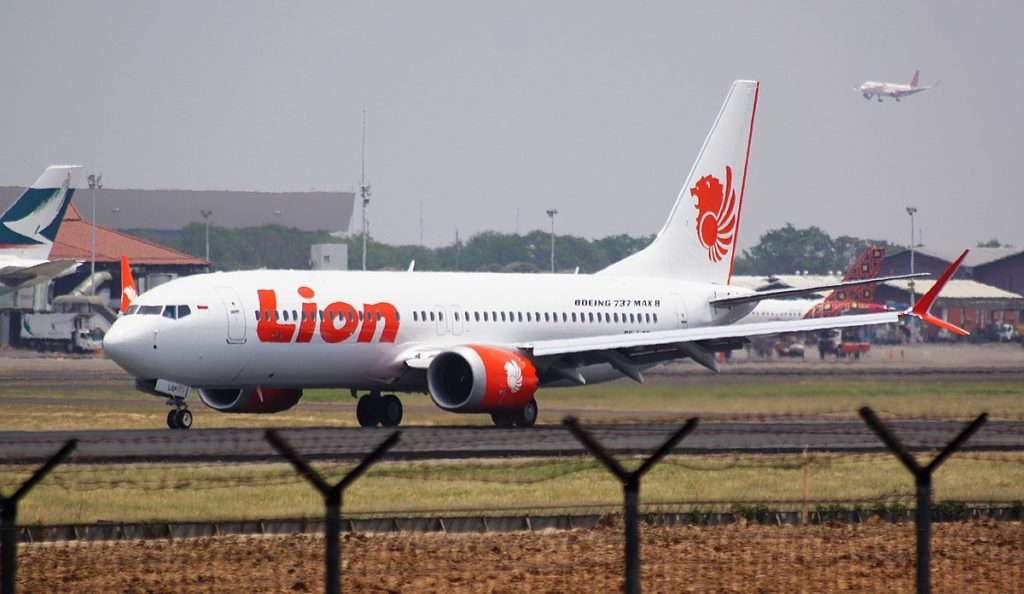Leeham News and Analysis
There's more to real news than a news release.
Bjorn’s Corner: The challenges of Hydrogen. Part 6. Tank placement.
August 28, 2020, ©. Leeham News: In our series on Hydrogen as an energy store for airliners we look at the challenge of placing the hydrogen tanks efficiently.
Different from carbon fuels, liquid hydrogen needs specially shaped and bulky tanks. It can’t be stored in the wingbox as today’s Jet-A1.
Bjorn’s Corner: The challenges of Hydrogen. Part 5. The Hydrogen tank.
August 21, 2020, ©. Leeham News: In our series on hydrogen as an energy store for airliners we start the design discussion of a hydrogen-fueled airliner by understanding the onboard storage of hydrogen better.
While there is present knowledge from for instance the space launcher industry, the storage demands for launchers are hours rather than days. Several implementations of longer storage aeronautical tanks have been done, among others by NASA/Boeing for high flying UAVs.
Airbus and the Russian aircraft industry were also active with research during the 1990s and Tupolev built a test aircraft that included a complete hydrogen fuel system (Figure 1).
Looking ahead for 2020 and 2030 decades: UAC
Subscription Required
Fifth in a series.
By Bjorn Fehrm
Introduction
July 15, 2020, © Leeham News: UAC stands for United Aircraft Corporation, and is the name of the group owning the Russian aircraft industry.
After the fall of the Soviet Union, the multitude of individual companies and design bureaus could no longer survive on their own. The Russian state, therefore, gathered them all in UAC to introduce necessary consolidation and reform.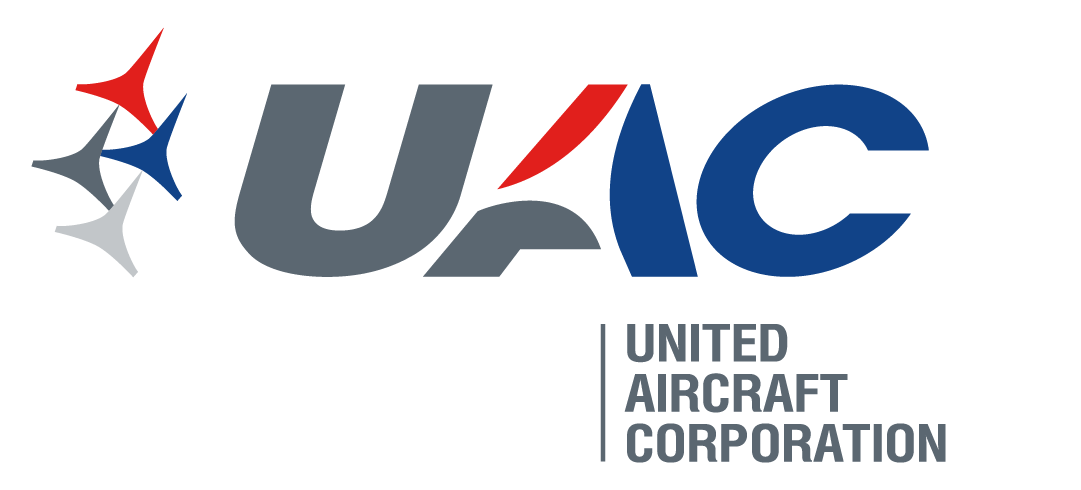
While UAC has done much with the support of the Ministries of Industry and Defense, the changing political situation for Russia has made it harder for the Civilian aircraft side to achieve sales outside captive Russian markets for its jets.
Summary
- UAC is the holding company of the Russian aircraft industry since 2006. The UAC management has stopped pointless infighting and consolidated the industry, latest to a civilian and military side.
- But it’s ambitions on the civil side outside Russia is at mercy to state politics and the Kremlin has shown that world politics is more important than the development of its industries.
- This, and the rise of arch-rival and cooperation partner China, clouds the future for UAC civil aircraft.
Pontifications: Assessing the impact of COVID-19: today’s take
April 6, 2020, © Leeham News: It’s going to be quite a while before there is a clear understanding how coronavirus will change commercial aviation.
LNA already touched on impacts to Airbus, Boeing and Embraer. None of it is good. For Boeing, burdened with the additional stress of the 737 MAX, is in the worst position. Even when the MAX is recertified, there won’t be many—or any—customers in a position to take delivery of the airplane.
Bearing in mind that what’s true today will change in a day, or even an hour, let’s take a rundown of where things seem to stand now.
Bjorn’s Corner: Aeroflot SSJ100 crash at Moscow Sheremetyevo Airport
May 10, 2019, ©. Leeham News: An Aeroflot Sukhoi Superjet 100 crash-landed Sunday at Moscow Sheremetyevo Airport and burst into flames.
We shall look closer at the likely cause of the accident, which involves the SSJ100 Fly-By-Wire (FBW) control system working in Direct law.
Chinese and Russian Widebody takes shape. Part 5.
By Bjorn Fehrm
Subscription Required
Introduction
February 12, 2018, © Leeham Co.: In the fourth article about the Chinese/Russian wide-body, CR929, we analyzed the engine selection for the aircraft. Now we continue with a first performance analysis of the CR929 against its main competitors, the Boeing 787-9 and Airbus A330-900.
We will use the preliminary data we have collected for the CR929 and compare this to the data for the 787-9 and A330-900. 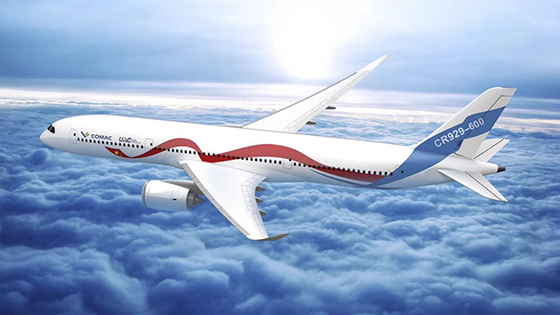 It’s the first analysis, on preliminary information. But there is enough knowledge of the key parameters to use our performance model to draw the first conclusions about the CR929’s positioning in the market.
It’s the first analysis, on preliminary information. But there is enough knowledge of the key parameters to use our performance model to draw the first conclusions about the CR929’s positioning in the market.
Summary:
- The CR929-600 is modeled closely after the 787-9. The technology for structures, systems, engines and aerodynamics are similar.
- With a similar payload capacity, the fuel consumption should be better as the CR929 is defined with a lower maximum range.
- It’s wider cabin eats up the weight and drag advantage, however. There will be little difference between the efficiency of the 787-9 and the 15 years younger CR929.


